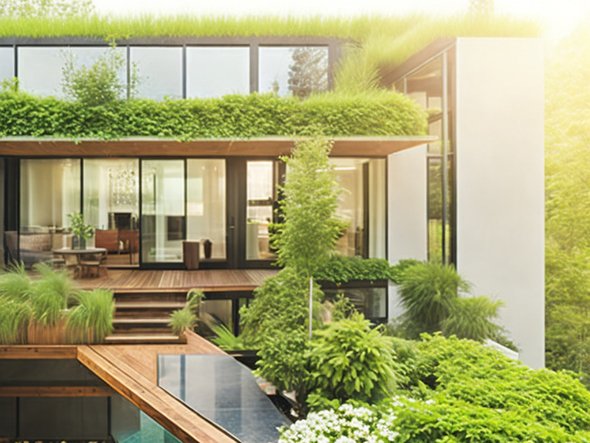
Introduction:
In a world grappling with the challenges of climate change and environmental degradation, it has become imperative for us to adopt sustainable living practices. One crucial aspect of sustainable living is designing residential spaces that prioritize eco-friendly practices. By incorporating sustainable design principles, we can create homes that are not only aesthetically pleasing but also minimize their environmental footprint. In this blog post, we will explore various strategies and ideas for designing residential spaces with a focus on sustainability.
1. Energy-Efficient Design:
One of the primary considerations in sustainable residential design is energy efficiency. By incorporating energy-saving features, such as proper insulation, high-efficiency appliances, and LED lighting, homeowners can significantly reduce their energy consumption and lower their carbon footprint. Additionally, orienting homes to take advantage of natural light and ventilation can minimize the need for artificial lighting and air conditioning, further reducing energy usage.
2. Renewable Energy Sources:
To further promote sustainable living, integrating renewable energy sources into residential spaces is crucial. Installing solar panels on rooftops can harness the power of the sun to generate clean and renewable electricity. Homeowners can benefit from reduced energy bills while contributing to the overall reduction of greenhouse gas emissions. Moreover, advancements in technology have made solar panels more affordable and aesthetically pleasing, making them an attractive option for sustainable home design.
3. Water Conservation:
Water scarcity is a growing concern in many parts of the world. To address this issue, sustainable residential design should focus on water conservation measures. Low-flow fixtures, such as faucets, showerheads, and toilets, can significantly reduce water usage without compromising comfort. Additionally, incorporating rainwater harvesting systems can collect and store rainwater for various non-potable uses like gardening and toilet flushing. By reducing water consumption, homeowners can make a significant impact on water conservation efforts.
4. Sustainable Materials:
Choosing eco-friendly and sustainable materials for construction and interior design is another essential aspect of sustainable residential spaces. Opting for materials such as bamboo, reclaimed wood, recycled glass, and low-VOC (volatile organic compound) paints helps reduce the environmental impact associated with traditional construction materials. These alternatives not only minimize waste and carbon emissions but also contribute to healthier indoor air quality.
5. Green Spaces and Permaculture:
Integrating green spaces within residential areas is an excellent way to promote sustainability and reconnect with nature. Designing gardens, rooftop greenery, and vertical gardens not only enhance the aesthetics of a home but also provide numerous ecological benefits. Moreover, incorporating permaculture principles, such as rain gardens and edible landscapes, allows residents to grow their own food, further reducing their reliance on external resources and promoting self-sufficiency.
Conclusion:
Designing residential spaces with eco-friendly practices is not only an ethical choice but also a practical one. By incorporating energy-efficient design, renewable energy sources, water conservation measures, sustainable materials, and green spaces, homeowners can create sustainable living environments that benefit both the planet and their well-being. Embracing sustainable design principles is a step towards a more environmentally conscious future, where we can enjoy the comforts of our homes while minimizing our impact on the Earth. Let's strive to make sustainable living a reality and inspire others to do the same.
Share This News